Theorems on Probability:
If A and B are any two events then P(A) + P(B) – P(A ∩ B) = P(A ∪ B).
Further, if A and B are two mutually exclusive events then P(A ∪ B) = P(A) + P(B).
| Example 1- One card is selected from a well-shuffled pack of 52 cards. Find the probability that the card drawn is- (i) king or queen (ii) either a king or a black card (iii) either a diamond or an ace (iv) a face card. Solution- One card out of 52 cards can be drawn in 52C1 ways. ∴ Number of exhaustive cases = 52 (i) Let A: event of getting a king B: event of getting a queen Now, out of 4 kings, 1 king can be drawn in 4C1 ways. ∴ Number of favorable cases = 4C1 = 4 P(A) = 4/52 Also, out of 4 queens, one queen can be drawn in 4C1 ways. ∴ Number of favorable cases = 4C1= 4 P(B) = 4/52 ∴ P(A ∪ B) = P(A) + P(B) ⇒ P(A ∪ B) = 4/52 + 4/52 = 8/52 = 2/13 (ii) Let A: event of getting a king. B: event of getting a black card. Now, out of 4 kings, 1 king can be drawn in 4C1 ways. ∴ Number of favorable cases = 4C1 = 4 P(A) = 4/52 Also, 1 black card out of 26 black cards can be drawn in 26C1 ways. ∴ Number of favorable cases = 26C1 = 26 P(B) = 26/52 Now, there are 2 black kings out of which 1 can be drawn in 2C1 ways. ∴ P(A ∪ B) = 2C1 /52 = 2/52 We know that: P(A ∪ B) = P(A) + P(B) – P(A ∩ B) ⇒ P(A ∪ B) = 4/52 + 26/52 – 2/52 = 28/52 = 7/13 (iii) Let A: event of getting an ace. B: event of getting a diamond. Now, out of 4 aces, 1 ace can be drawn in 4C1 ways. ∴ Number of favorable cases = 4C1 = 4 P(A) = 4/52 Also, 1 diamond out of 13 diamond cards can be drawn in 13C1 ways. ∴ Number of favorable cases = 13C1 = 13 P(B) = 13/52 Now, there is 1 ace of diamond out of which 1 can be drawn in 1C1 ways. ∴ P(A ∪ B) = 1C1 /52 = 1/52 We know that: P(A ∪ B) = P(A) + P(B) – P(A ∩ B) ⇒ P(A ∪ B) = 4/52 + 13/52 – 1/52 = 16/52 = 4/13 (iv) There are 16 face cards out of which one can be drawn in 16C1 ways. ∴ Number of favorable cases = 16C1 = 16 ∴ P(a face card) = 16/52 = 4/13 |
| Example 2- Two cards are drawn from a pack of 52 cards. Find the probability of getting- (i) both aces (ii) one is ace and the other is king (iii) one is an ace and the other is a black card (iv) both are aces or both are kings. Solution- 2 cards out of 52 cards can be drawn in 52C2 ways. ∴ Number of exhaustive cases = (52 x 51)/(2 x 1) = 1326 (i) Two aces out of 4 aces can be drawn in 4C2 ways. ∴ Number of favorable cases = 4C2 = (4 x 3)/(2 x 1) = 6 ∴ P(both aces) = 6/1326 = 1/221 (ii) One ace and one king can be drawn from 4 aces and 4 kings in 4C1 ways and 4C1 ways respectively. ∴ P(one is ace and other is king) = (4C1 x 4C1)/1326 = (4 x 4)/1326 = 8/663 (iii) 2 kings and 2 aces can be drawn from 4 kings and 4 aces in 4C2 ways and 4C2 ways respectively.. ∴ P(both are aces or both are kings) = (4C2 + 4C2)/1326 ⇒ P(both are aces or both are kings) = [(4×3/2×1) + (4×3/2×1)]/1326 ⇒ P(both are aces or both are kings) = (6 + 6)/1326 = 12/1326 = 2/221 |
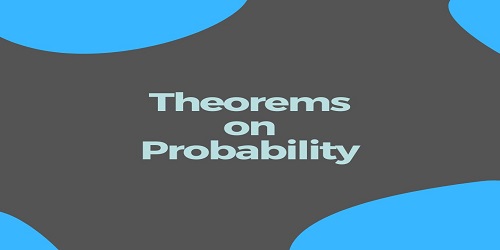
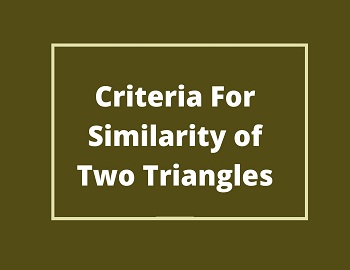
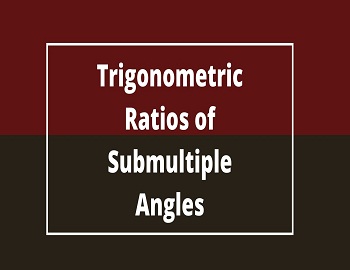

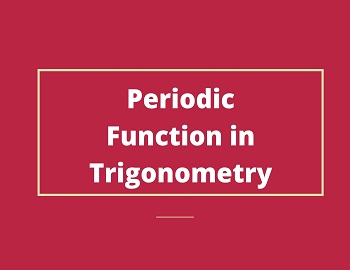
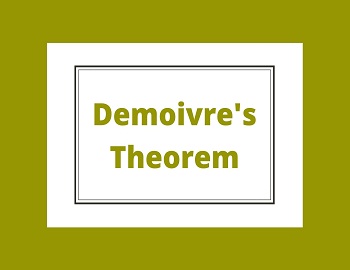
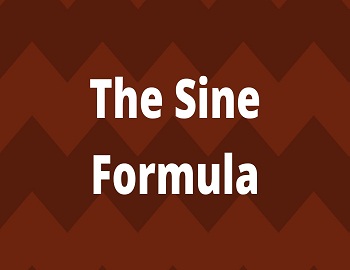


Comments (No)